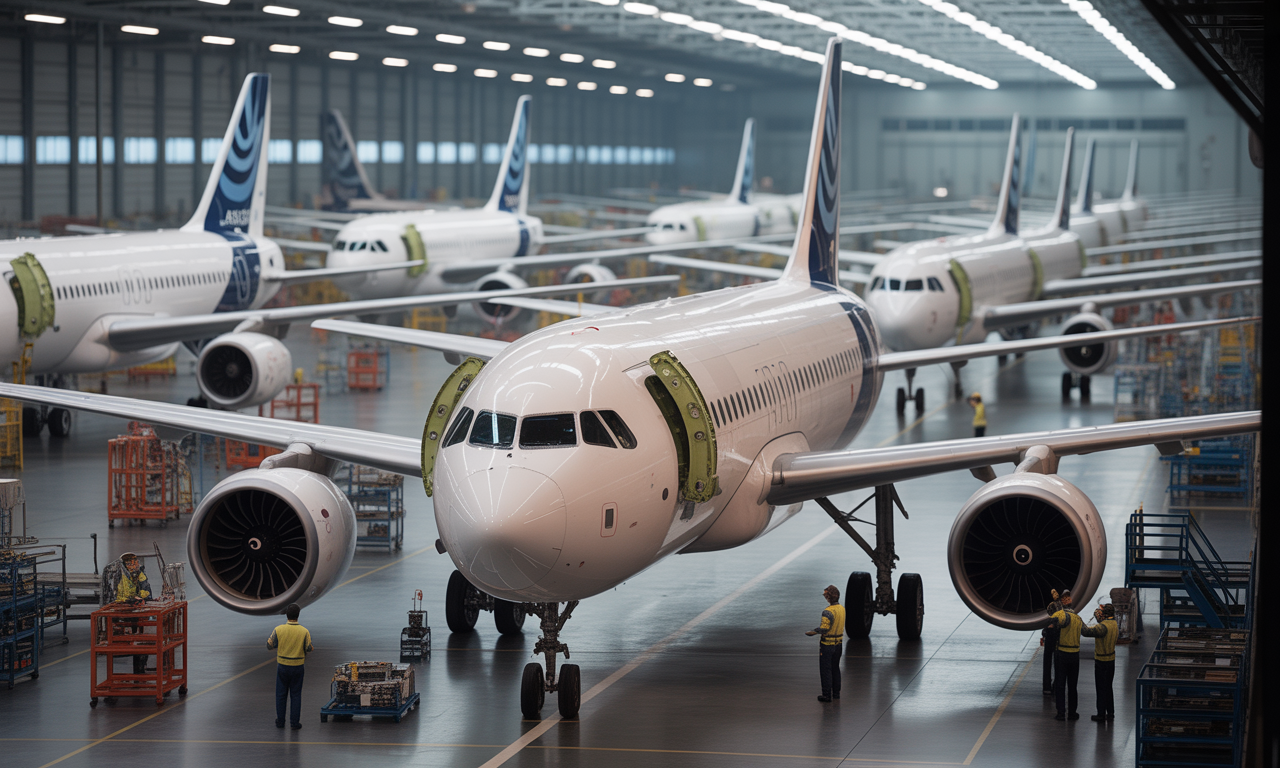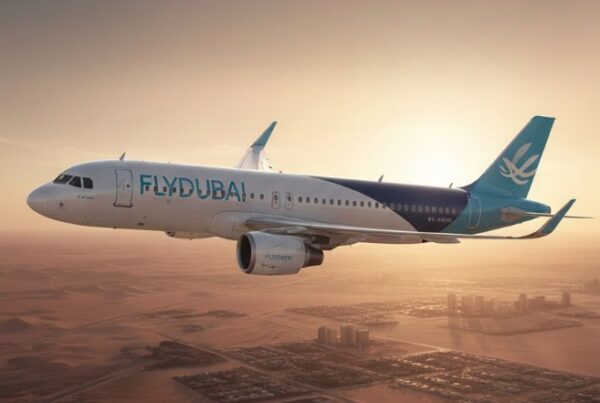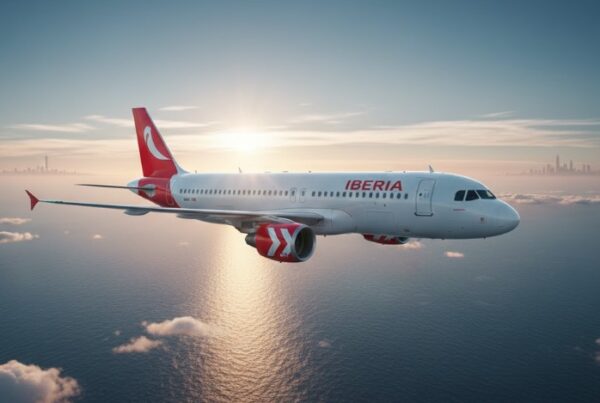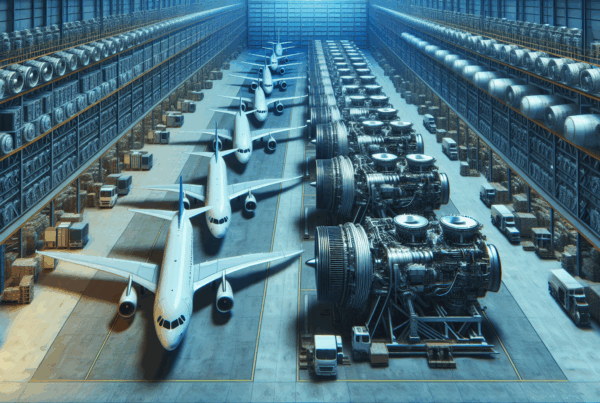In May, Airbus a remis 51 commercial aircraft on the market, thus recording a slight decline on the previous year. This performance underlines a period of transition in the aerospace sector, marked by economic fluctuations and a gradual recovery in global demand. The European company, renowned for its innovation, is continuing its efforts to adapt production to new market requirements. Despite this setback, Airbus remains a strategic player in aviation, reconciling technological modernity and adaptability in a constantly changing context, and preparing for future industrial challenges with determination. The outlook for the future remains very encouraging.
During the month of May, Airbus proceeded to the presentation of 51 commercial aircraftThis represents a slight fall on the previous year's performance. This figure, though modest, comes against a backdrop of market fluctuations and constant adjustments in the aerospace industry's production chain and business strategies.
Monthly performance analysis
This month's results reflect a slight slowdown, which can be explained by several factors. On the one hand, the global economic situation, with its uncertainties, may have had an impact on orders and deliveries. Secondly, the Airbus production schedule incorporates periods of maintenance and optimization of production lines, which contributes to adjusting the volume of monthly deliveries.
External factors and technological innovations
Despite this decline, Airbus remains committed to innovation, particularly in the areas of technology and sustainability. For example, theAirbus A380 recently completed a test flight using a sustainable fuel based on cooking oil, marking a significant step forward in the use of alternative resources and the reduction of the environmental footprint.
Impact on the global market and future prospects
In an ever-changing market, commercial aircraft deliveries are also subject to geopolitical tensions and changes in pricing policies. For example, the introduction or relaxation of customs duties has a direct impact on the competitiveness of global manufacturers, as detailed in an analysis on the impact of tariffs in the Trump era.
In addition, the diversification of orders by international airlines continues to fuel the market. Acquisition projects, such as that ofAir India aimed at expanding its fleet to potentially 200 single-aisle aircraft, testify to the continuing confidence in Airbus products, despite occasional variations in production.
Order dynamics and fleet evolution
Order momentum remains robust, even if fluctuations such as those seen in May are a cause for concern for analysts. Companies such asAir Niugini We are confident in the acquisition of new models, while innovative projects continue to emerge. And more, Lufthansa City Airlines recently welcomed its very first Airbus A320neo, underlining the importance of technological upgrades in the global fleet.
The slight drop in deliveries this month does not mean a decline in Airbus' operational excellence, but rather a strategic adjustment in a complex and competitive market. This context highlights the manufacturer's ability to innovate and respond in real time to the demands of an increasingly demanding clientele concerned with environmental performance.

Airbus Monthly Comparison
| Aspect | Details |
|---|---|
| Month of production | May |
| Returned aircraft | 51 commercial aircraft |
| Trend | Slight year-on-year decline |
| Year-on-year comparison | Minimal decrease observed |
| Production efficiency | Optimization despite the downturn |
| Market impact | Partner confidence preserved |
| Future prospects | Increased monitoring of key indicators |




